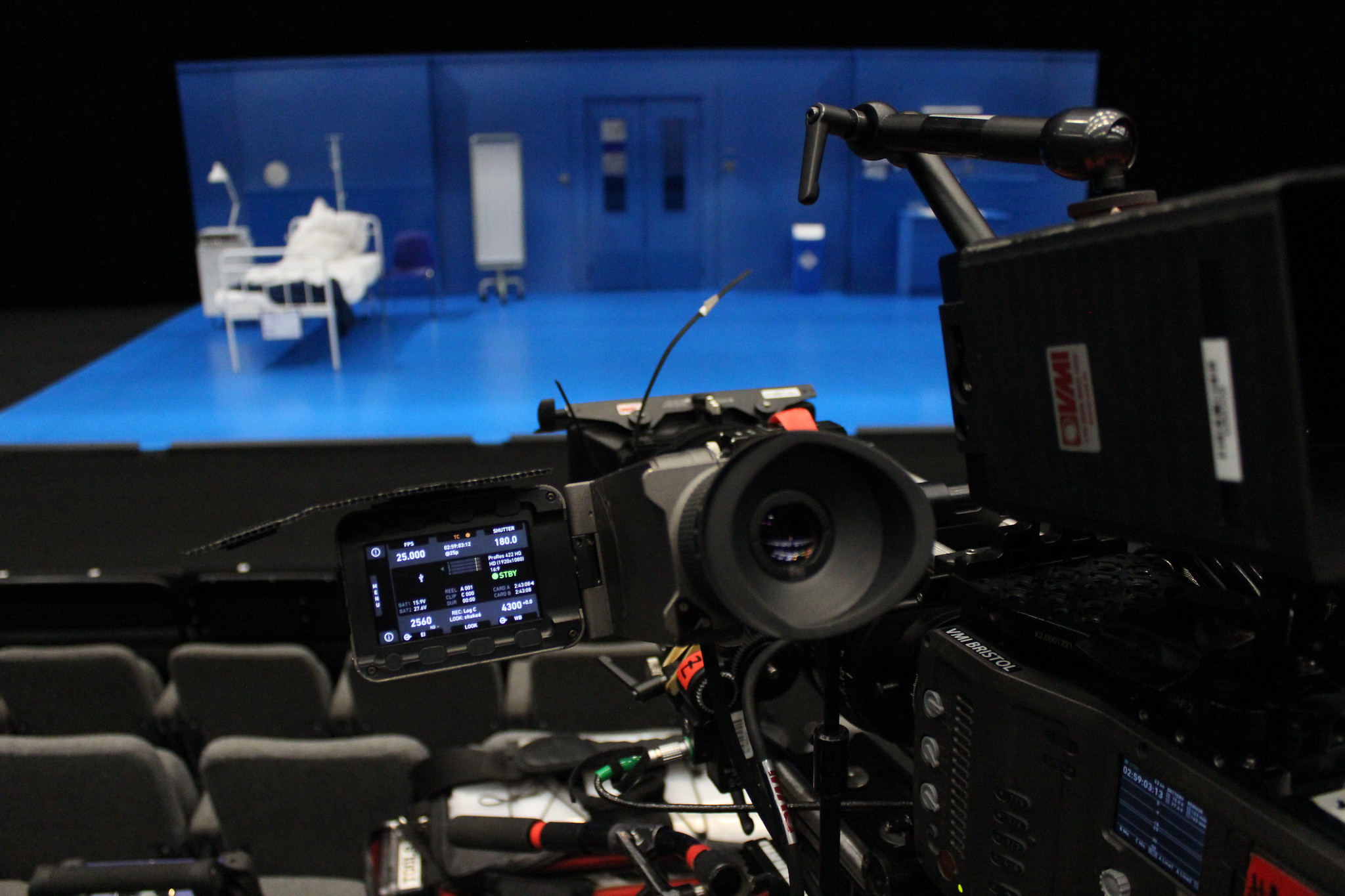Top Tips for Producing Video Content
Thinking of grabbing a camera and shooting a video of your latest project? Make sure you read these top tips before you press record to make your project as strong as it can be.
Catch their attention in the first few seconds
It’s easy to get hung up on including every single aspect or detail of your project in a video, but these days your filmed content needs to capture attention faster and more concisely than ever before. If your content doesn’t grab the viewer almost immediately, it is unlikely they will watch until the end.
The average viewer attention span at the start of any video is now less than 10 seconds, which is not much time to introduce a story. Think about how some of the most successful content creators on YouTube, Facebook or Twitter grab your attention in the first few seconds and continue to hold it throughout the video and take inspiration from them.
Get to the point
Most people don’t want to watch a long, drawn-out story so make sure you set out to the viewer what they can expect to get from your video. What will they get in exchange for investing their time?
On YouTube most viewers rarely watch past the first two thirds of the video, so it’s up to you to deliver your message early and to keep their attention.
Right video, right purpose
If you’re aiming to introduce your organisation to new audiences, keep your video under two minutes long for optimal engagement. That way, it’s likely to perform better on social media platforms like Facebook and Instagram, where you are likely to find new audiences.
Sometimes, you’ll want to make longer videos. Again, it’s important to consider the audience’s expectation: what are you aiming to give people in return for 15-30 minutes of their day? Good examples would include webinars or tutorials where an audience is interested specifically in the teaching or insights contained in the video.
Another way to educate and inspire audiences might be a podcast-style show featuring interviews and conversations with staff and external experts to highlight the great work your organisations does. Vlog-style videos can be trickier to pull off: the danger for the “personality” in the vlog to turn off viewers is higher than many might expect, and the incredible amount of time needed to create regular content of that type is better suited to a full-time videographer. Your resources may be better spent on simply highlighting the great work your organisation does.

From planning your video through to shooting and editing, refer to these points to ensure you are still on track:
• Does the information provided add value to the audience? • Are you still aligned with your marketing goals? • Is your audience interested in learning this information and does this video fulfil that need?
Be prepared to subtitle
Accessibility for all viewers should be a foundation when creating video content. We all want our videos to be seen by as many people as possible, and their access needs should never be a barrier to this. There are free tools out there to assist in the process of subtitling your videos. For example, exporting the .srt file from your YouTube videos will allow you to further subtitle video content on platforms like Facebook and Instagram.
Automatic captioning software can be helpful but is far from perfect and can lead to alarming text errors, so it’s always best to carefully review the results before posting.
It’s also important to note that, according to Facebook, as much as 85% of video content is viewed without any sound. So as well as being good for accessibility, more and more people are finding that subtitles help them enjoy video content without interrupting their ongoing activities.
Optimise for search
YouTube is the world’s second largest search engine, which means your video needs to stand out amongst billions of others. The best way to do this is to ensure you use accurate video tags and descriptions.
Simply putting a brief 100-word description, and a few generic tags like “Art” and “England” won’t be enough. Ideally, you need help from a piece of free, professional software (such as Vid IQ). These programs allow you to see what tags are most effective, so you can optimise your videos for maximum impact. With YouTube in particular, you can include up to 500 characters in the keyword section of the video and up to 5000 characters in the description: plenty of space for you to work on helping your perfect audience discover you.
Additionally, make sure your marketing videos are optimised for mobile, as more and more YouTube videos are consumed on mobile devices (70%) vs desktop (30%).
What next?
This article has given you five top tips to ensure your videos have the best chance of reaching the audience you’re looking for – now it’s time to put those learnings into practice. To learn more, you can read one of the articles linked below.
The Digital Culture Network is here to support you and your organisation. Our Tech Champions can provide free 1-2-1 support to all arts and cultural organisations who are in receipt of, or eligible for, Arts Council England funding. If you need help or would like to chat with us about any of the advice we have covered above, please get in touch. Sign up to our newsletter below and follow us on Twitter @ace_dcn for the latest updates.








